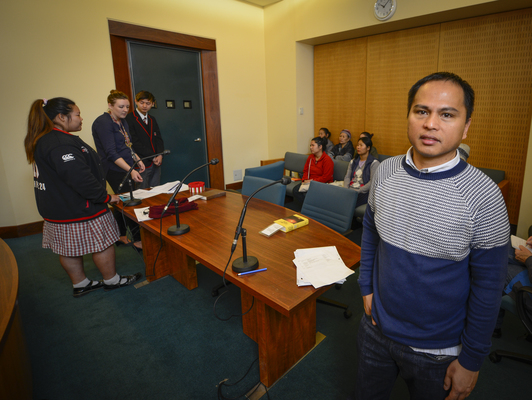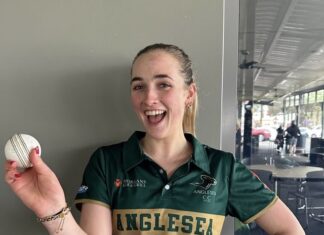
By JOHN VAN KLAVEREN
RECEIVING an official looking letter requesting a citizen to undertake jury duty can be daunting, even for those who have some understanding of the system.
But for new arrivals in Australia, to whom the concept of jury duty is foreign, receiving such a letter can elicit fears and doubts.
A Karen family that received a jury duty letter was so uncertain about it they threw it in the bin, explained CatholicCare’s Clare Barrett.
Similar examples promoted the agency to run a justice education program for Geelong’s newly arrived Karen families.
“Most of them have lived in refugee camps for a long time and normal civil community life is so distant,” Ms Barrett said.
“They have different cultural laws, the civil structures are different and this program aims to let them know what to do now they live in Australia.”
Program coordinator Nestor Estampa said the program, run in conjunction with Geelong Magistrates Court, offered practical support to Karen families.
“We have a key speaker each week from a number of agencies and services presenting relevant legal information to this group of shy and reticent Burmese refugees,” Mr Estampa explained.
“We have representation from Victoria Police, Minerva Services, Consumer Affairs, Dispute Resolution, Family Relationship Centre, Sherriff’s Office and others.
“The Justice Education Program is part of a one-year community-based education program and Karen families are consulted on what topics they like to know more about.
“The main thing we explain to them is that there are people and places to go to ask for help.”
North Geelong Secondary College students Dah Dah Poe and Abraham Htoo helped with interpretation.
Participant Belly Belly said that without the program she would not know where to turn for help when problems arose.
“It helps us get to know what to do and plan for the future,” she said.






